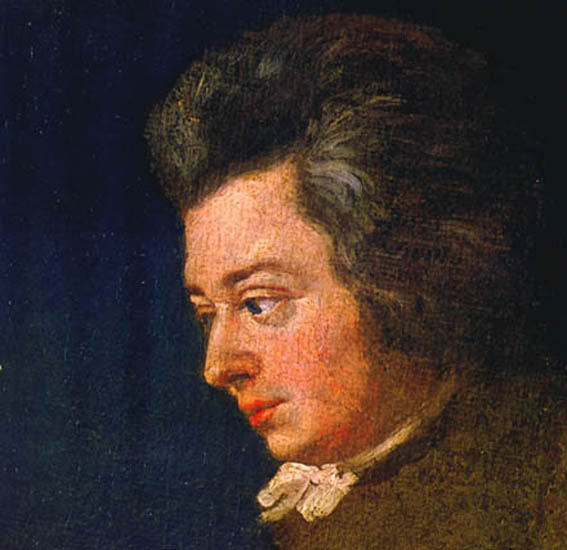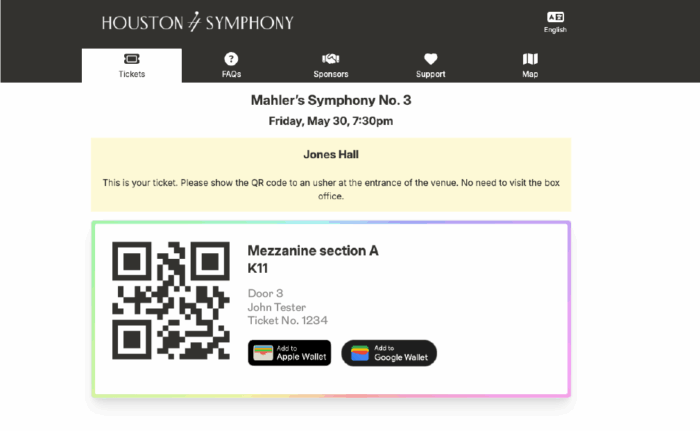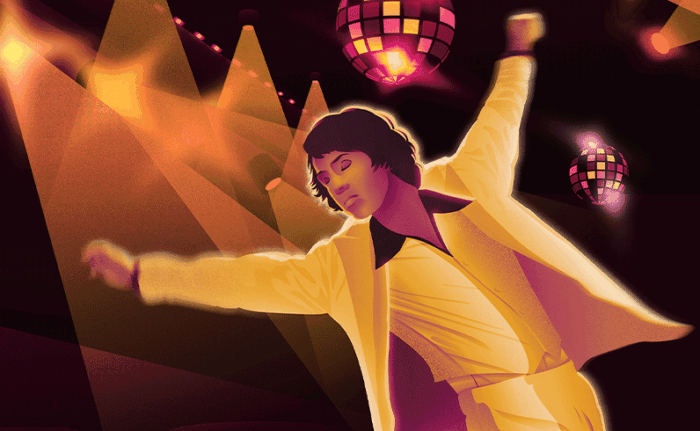Mozart’s Clarinet Concerto was the last major instrumental composition he composed; it was likely premiered in Prague on October 16, 1791, less than two months before his untimely death at age 35. Mozart composed it for the clarinet virtuoso Anton Stadler, a friend and a fellow Free Mason. Little more is known of their relationship, but surviving comments from Mozart’s widow and sister-in-law have left a dubious portrait of Stadler. Apparently he was in the habit of borrowing valuables and money from Mozart without ever returning them or paying him back; at Mozart’s death he allegedly owed the composer some 500 florins (a not inconsiderable sum). Despite this, Mozart seems to have enjoyed his company and composed a number of masterpieces that give some evidence of Stadler’s great talent.
The Case of the Basset Clarinet
Though a surviving sketch shows that Mozart originally planned for the concerto to feature a basset horn in G (a kind clarinet with an extended lower range), he soon altered the piece to take advantage of the new basset clarinet in A, which included the octave below middle C. In addition to extra low notes, the new instrument also possessed a remarkable vocal, mellow tone, and Stadler played it masterfully. Though he would later claim that he invented the instrument himself, it was likely created by an instrument maker named Theodor Lotz.
Because this instrument was a rarity, when the concerto was published after Mozart’s death the passages that featured this extended lower range were transposed up an octave so that they would be playable on a normal clarinet. Unfortunately, the publisher failed to say which passages had been altered, and Stadler lost Mozart’s autograph manuscript (Mozart’s widow heard rumors that he had pawned it while on tour in Germany), so it is impossible to know exactly which notes were transposed, although Mozart scholars live in hope that someday the manuscript will turn up.
Though some have tried to reconstruct Mozart’s original intentions by means of educated guesses, the published version for standard clarinet remains the most familiar. Regardless of what version of the concerto is used, it is regarded as one of Mozart’s greatest achievements; its lyricism, subtlety and expressiveness give tantalizing hints as to the direction Mozart’s music might have taken had he lived longer.
The Music
The concerto begins with an orchestral introduction that presents the graceful main theme of the first movement:
Mozart reserves new themes for the soloist, placing a canonic treatment of the opening theme in the place where a second melody would normally appear. When the clarinet enters, it plays its own version of the main theme and introduces several new ones, passing through a rich succession of keys. Throughout, Mozart fully exploits the different sonorities of the clarinet, from the clear, pure high notes to the warm middle register and the chesty lower range. The soloist’s forays into darker, minor tonalities add expressive complexity to the music’s elegant beauty.
An orchestral passage leads to a developmental section featuring the soloist. The mood gradually intensifies until a more dramatic orchestral passage brings the music back to the main themes. Mozart omits the traditional cadenza (an extended, improvised passage for soloist alone) at the end of the movement; instead he leaves space for brief, improvised musings for the clarinet at various points throughout.
The slow second movement is a marvel of artful simplicity; its undisturbed, serene beauty make it one of Mozart’s loveliest creations. Reflecting Mozart’s skill as an opera composer, it is effectively a three-part aria for the clarinet, which assumes the role of a soprano singer. The movement begins with a long melody whose phrases are introduced by the clarinet and then echoed by the orchestra. A central section focuses completely on the soloist, whose part includes more ornamental figuration. The opening melody then returns in abbreviated form, followed by a coda.
The fast and playful finale takes the form of a rondo, in which a main melody alternates with contrasting episodes. After the soloist and orchestra introduce the jaunty main theme, the soloist launches into a sweet, complimentary second theme that becomes increasingly expressive and developmental as it unfolds. The main theme then makes a brief return, leading to a contrasting episode in a minor key. Surprisingly, Mozart then reprises the second theme first, withholding the full return of the main melody for the concerto’s joyful conclusion. —Calvin Dotsey
This blog was originally published on April 26, 2018.




